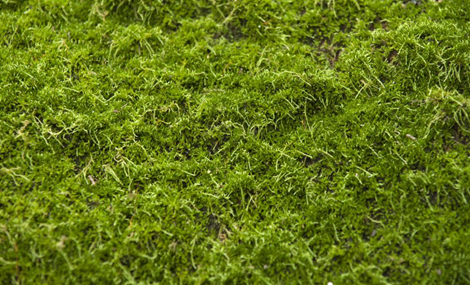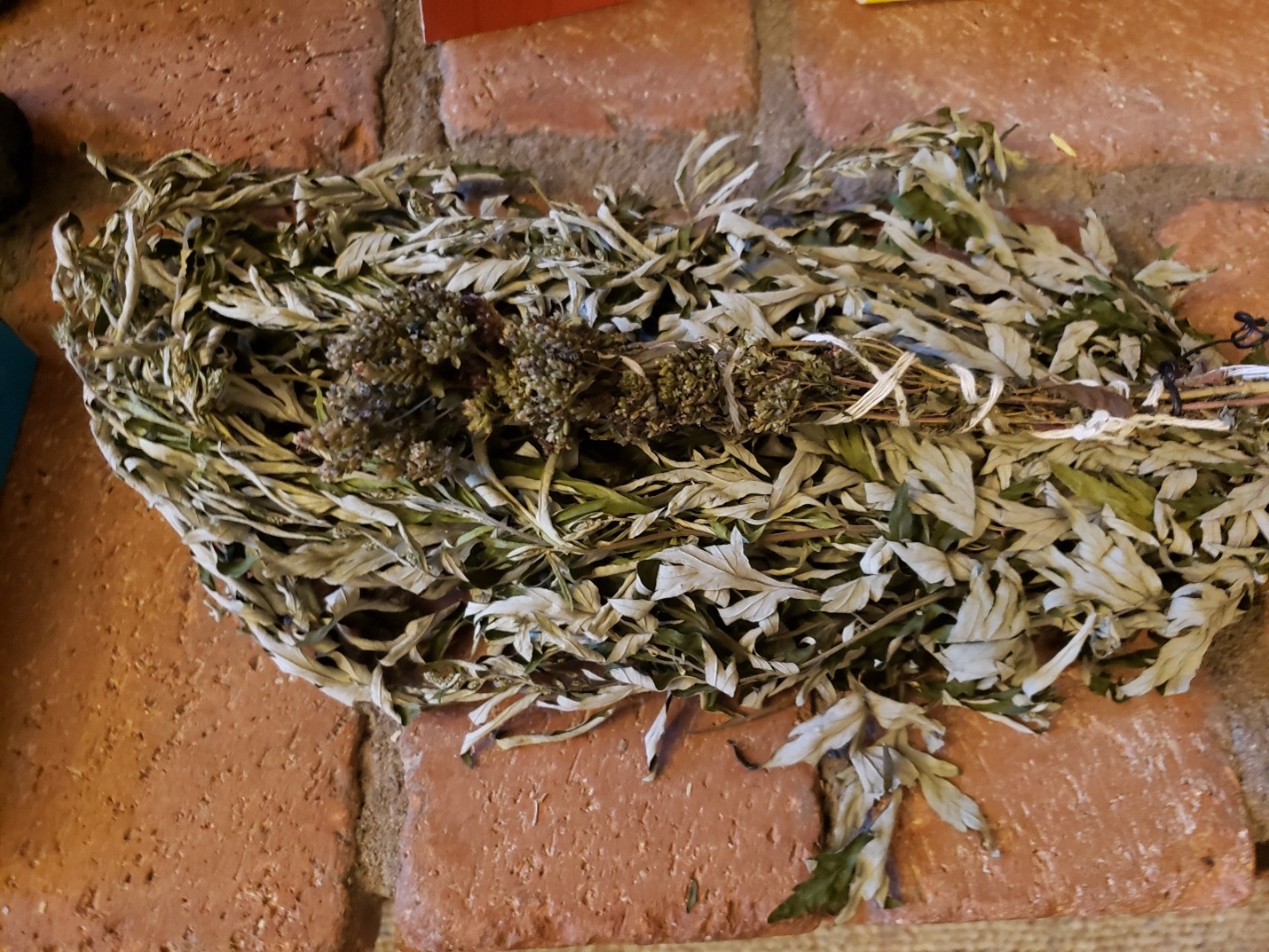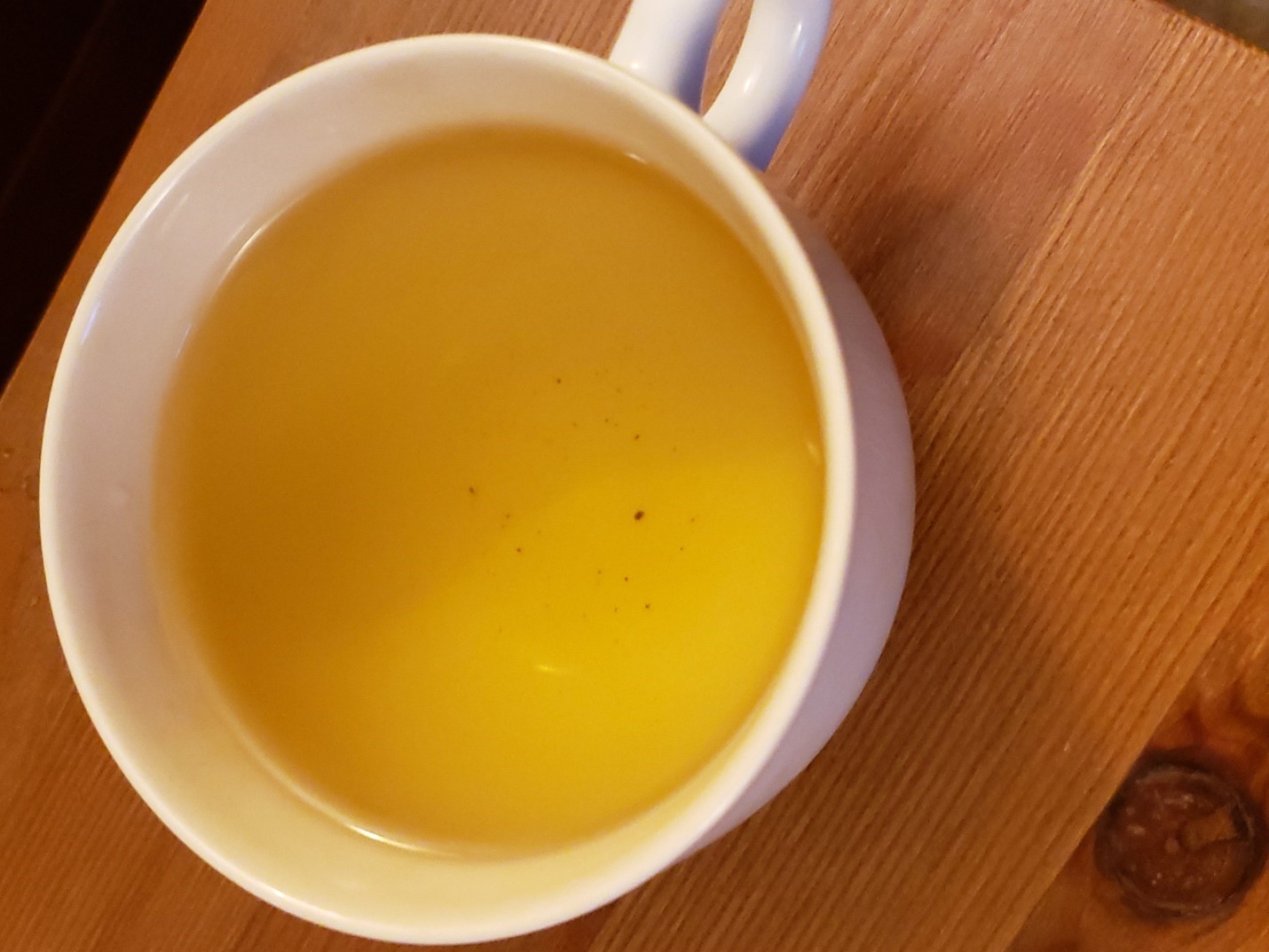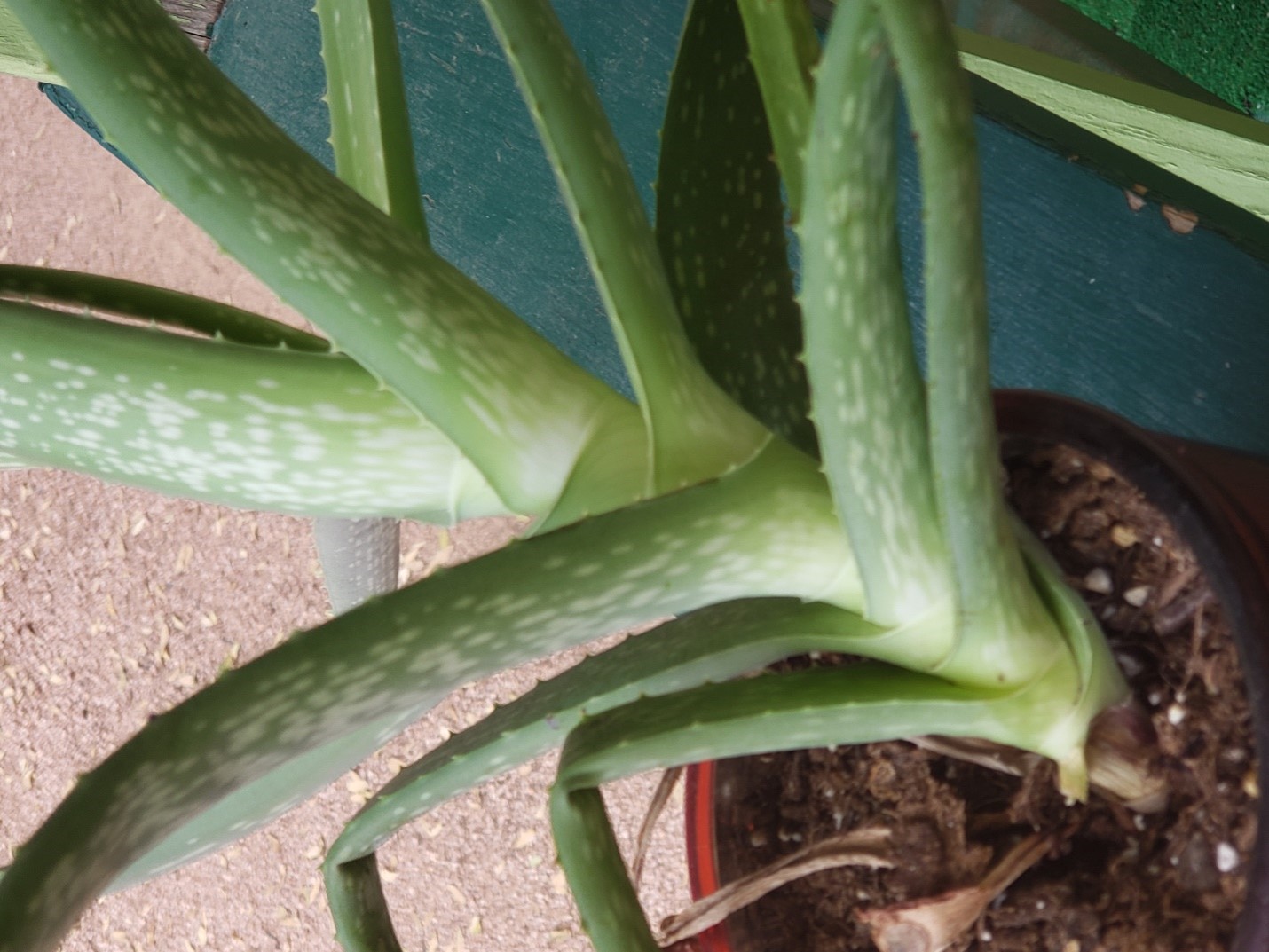The Herbal Guild
The Love of Nerthus.

All living creatures are dependent of plants and trees since the dawn of time and will continue to do so for we cannot survive without them. From the air, we breathe, the food we eat, the medicine they bring not just for physical wellbeing but psychologically and emotional. They have provided heat and shelter, household utensils and weaponry among many other uses.
The evolutionary history of plants began with Algae probably existed on moist ground for over a billion years. Plants, as in the kingdom Plantae, did not emerge until 700 million years ago, at the earliest. Per molecular genetics analysis that suggests land plants split from the green algae around this time, although this figure is not corroborated by fossil evidence. The earliest evolutionary history of plants on land appears in the early Ordovician period, about 475 million years ago, although many paleobotanists suspect there were plants during the Cambrian period, 500 million years ago.
The first land plants were non-vascular bryophytes, represented today by mosses, hornworts, and liverworts. These plants, lacking circulatory tissues, were quite short, between 1 and 100 mm (4 in) in thickness. These bryophytes represented the basal group in the evolutionary history of plants. They could only survive in very moist areas, where all cells can easily take in water directly, their spores could be dispersed easily. Lacking a protective coating, spores are relatively fragile, and prone to desiccation (drying out). Scientists believe that the first land plants may have set the stage for the colonization of the land by animals by sequestering carbon dioxide from the atmosphere in the biopolymer lignin. This increased the portion of the atmosphere containing oxygen, making it more available to oxygen-breathing animals like the first terrestrial arthropods and mollusks.

Around 425 million years ago, the first vascular plants appeared, like the simple bifurcating, sporangia (spore-producing structure) tipped Cooksonia and the unusually advanced Baragwanathia, found in Australia. Slowly, plants grew in height, from just a couple centimeters to around 20 centimeters (8 in). At this point, plants spread mainly through vegetative growth, as spores could not be dispersed very far from the parent plant. Scientists who study the evolutionary history of plants are hard at work trying to determine which land plant was actually the first and what its ecosystem looked like.
The first land plants including mosses emerged during the Ordovecian period. Throughout the Devonian (416 - 360 million years ago), plants progressively grew in height to become as large as today's massive ferns. At the start of the Devonian, plants were mostly non-vascular and correspondingly diminutive, but by the end of the period, seed-bearing plants had evolved, forming huge forests. The explosion of botanical diversity during this period has been called the "Devonian explosion." Meanwhile, fish ruled the seas.


The next major innovation in the evolutionary history of plants was much later, during the Cretaceous period, when flowering plants (angiosperms) first emerged. Using flowers to attract bees, which would then go on to pollinate other plants, angiosperms were genetically diverse and a great evolutionary success. One of the latest varieties of plants are the grasses, which evolved from the angiosperms just 35 million years ago.
https://www.wise-geek.com/what-is-the-evolutionary-history-of-plants.htm
Arguably the most precious recourses on the planet, and the most taken for granted. In the modern age of modern medicine, consumerism and technology, humans have never been as far away from the natural world as they are now. As I suggested in an early article on mugwart in an earlier addition of Vortru magazine, our ancestors were the test subjects for botanical trials when it came to nourishment and medicine. They knew where to look to find what they needed by the map of the land they dwelt in. They grew, prepare and administer them for the wellbeing of their families and tribes. Our ancestors were also aware that plants had their own unique spirits and gave them respect and honored them accordingly to maintain a mutual co-operative relationship.
Love of Nerthus is a program set up by members of the Asatru Alliance focusing connecting the student with the world of plants enabling the student to grow and, forage, identify and understand their properties, harvest and store, prepare and administer remedies safely, Awareness of the folklore, magical properties, and how to use them in accordance with these laws. There are three tutors who will view each student submission to give a balanced review of their progress. Each tutor has many years of experience in the skills listed above, one of whom is a medical professional.
Using medicinal herbs may cause reactions and side effects to the body and may interfere with any prescribed medications. This is another reason to to contact your physician on any of these matters before use.

Recommended reading list.
This list is recommended for anyone no matter what their level of knowledge and experience. While we understand, it is not possible to obtain every title in this list, we do encourage anyone wishing to study with us to obtain four or five of these titles, ensuring they cover the spectrum of of the subject.
We also suggest when reading to have an open mind. While many of the authors agree with one other, there are some that their own unique ideas based on personal experience in their field.
There is a wide range of material out there and if anyone has a title they wish to add please feel free to contact us.
- A Complete Compendium of Herbal Magick, Paul Beyerl. Very detailed guide on the medical and magical uses of plants.
- Adaptogens in Medical Herbalism, David R. Yance, CN, MH, RH*(AGH). Ancient wisdom tells us adaptogens are the Imperial herbs. Called elixirs in the past. The author weaves together the ancient wisdom of traditional botanical medicines with new up to date scientific research on degenerative disease, aging, and nutrition. Providing effective solutions for a host of modern-day health challenges.
- A Kitchen Witches World of Magical Plants and Herbs, Rachel Patterson. This is a very useful little guide and the different uses for magical plants in a simple straight forward manner.
- A Modern Herbal, Volumes One and Two, Mrs. M. Grieves. A wonderful detailed two volume work on growing and identification of herbs. Contains historical information on their magical and medical use. It is one of the most classical and well-known of the herbal texts.
- Back to Eden, Jethro Kloss. Classic guide to herbal medicine, natural foods, and home remedies. Revised edition.
- Botanical Safety Handbook, American Herbal Products Association. Provides readily accessible safety data, in an easy-to-use classification system for more than 600 commonly sold herbs.
- Brother Cadfiels Herb Garden, Tolbor Whiteman. A guide to the basic medicinal uses of plants and the folk lore behind them. Color illustrations and easy to reference.
- Complete Formulary of Magical Oils, Celeste Rayne Heldstab. A detailed book on blending and using magical oils with easy-to-follow instruction. 1.200 recipes.
- Culpepers Complete Herbal. Culpeper, (1616-16540, astrologer apothecary, and physician, was indeed a huge contributor to botanical and medical science. This is a historical book packed with information. While some of the information is outdated, we can see how modern botanical medicine has been influenced.
- Cunninghams Encyclopedia of Medicinal Plants, Scott Cunningham. One of the most useful and practical books on Magical plats and their uses essential companion for anyone working within this field.
- Encyclopedia of Herbs, The Royal Horticultural Society. Comprehensive, illustrated A-Z guide. Horticultural information, practical tips. Covers culinary, cosmetic, and medicinal uses while exploring the history.
- Evolutionary Herbalism: Science, Spirituality, and Medicine from the Heart of Nature, Sajah Popham. Weaving together herbal and medical traditions from around the world into a singular cohesive model, this groundbreaking book guides herbal practitioners to a comprehensive understanding of the practice and philosophy of healing with herbs.
- Herbal Tonic, Therapies, Daniel B Mowrey, Ph.D. More than 60 herbs covered including a chapter on a full body tonic. With complete scientific references to each aspect of their properties and use.
- Herbs of the Northern Shaman; A Guide to Mind Altering Plants from Northern Hemisphere, Steve Andrews. Recommended reading for students of botany and natural hallucinogens, as well as personal and academic psychoactive plants reference collection. A great reference guide from the obvious to the more obscure.
- Hoodoo Herb and Root Magic, Katherine Yronwode. A useful tool on the subject of folk magic and medicine for the practice within the hoodoo tradition. While there are similarities within the uses of herbs within this tradition, we may also see and understand the differences in their use as well.
- How To Be Your Own Herbal Pharmacist, Linda Rector Page N.D., Ph,D. Wonderful reference book. It does have a few paragraphs at the beginning about general health issues and herbal usage, preparations, etc. But the bulk of the book is a reference to choices for making your own formulas for specific health issues. There are about 10 choices for each part of the formula (even though some of those herbs fill in the role in several places), which is great as it is easier to find needed herbs.
- Incense, Oils, and Brews, Scott Cunningham. A magical cookbook with plenty of recipes allowing room to experiment and come up with individual creations.
- Indian Herbology of North America, Alma Hutchens. An encyclopedic guide to more than two hundred plants, with descriptions on appearance uses and dosage and use found in North America.
- Indian uses of Native Plants, Edith Van Allen Murphey. From the Mendocino County Historical Society. This little volume is a reprint of the authors book on the native plants of Arizona. A serious study with illustrations on identifications and uses.
- Mastering Herbalism, A Practical Guide, Paul Huson. Somewhat mystical approach to practical information. History, folk wisdom, recipes cultivation tips, and herbal remedies.
- Medical Herbalism, David Hoffman, FNIMH, AHG. Excellent reference guide. The author makes chemistry and physiology easy to understand. Combining scientific information in a holistic approach for the use in herbal remedies while explaining why they work.
- Mosby Handbook of Herbs and Natural Supplements, Linda Skidmore-Roth Reviewed by nurses and herbalists alike, this authoritative resource presents herb and supplement profiles in a convenient, A-Z format for fast reference. This editions updated, streamlined design helps you find information quickly.
- Polish Herbs, Flowers and Folk Medicine, revised edition Sophie Hodorowicz Knab. A historical tour of herbs and flowers used in Poland throughout the centuries. Captures the unique plant life that once essential to the people of Poland. A good exploration of folk magic and healing.
- The Complete Book of Herbs, Lesley Bremmes. Over 100 herbs with illustrated, ideas for decorations, recipes, cosmetic use, planting growing and harvesting.
- The Complete Herbal, Jekka McVicca. Description of herbs, varieties and how to grow them. Contains illustrations, recipes, a little background on their folk lore and healing uses.
- The Complete Illustrated Holistic Herbal, David Hoffman. Treatments for a wide range of complaints and diseases. Illustrated, gathering and preparation for remedies. Clear explanation of the body system.
- The Complete Medicinal Herbal, Penelope Ody. 120 medicinal herbs and their medical properties. Illustrations on the different parts olf the herb used. Containing 250 safe, effective home remedies. Explores Eastern and Western approaches.
- The Green Pharmacy, James A. Duke, PhD. This is a wonderful pocket size book packed with healing wisdom from one of the authorities in herbal medicine.
- The Handmade Apothecary, Vicky Chown and Kim Walker. Very useful book containing many recipes for herbal remedies with color illustrations and information on the herb.
- The Herbal Alchemists Handbook, Karen Harrison. An easy-to-use compendium for the use in Alchemy and practical magic. Contains over 150 herbs with recipes, for incenses, oils, bath salts, herbal amulets, etc. While her correspondences are not in complete alignment with some systems that are used, it really is an excellent book.
- The Herbal Lore of Wise Women and Wort Cunning, Wolf D Stotl. A deep excursion into the heart of herbalism. Inviting the reader into the hearts and essences of plants and encourages the reader to discover who they are through our own senses.
- The Plant Spirit Familiar, Christopher Penzak. Healing plants and plant allies.
- Prescription for Herbal Healing, Phylis A. Balch, Great resource on medical conditions and remedies. Witchcraft and Medicine, Claudia Muller-Ebeling, Christian Ratsch, and Wolf-Dieter Stotl. Work of passionate scholarship. Gives great information of the European shamanic tradition. A great visionary guide.
Contact Us.
Heidr Skogarlands Kona Nagini369 (at) aol (dot) com
Lifstrasser Karlsdottr lif (at) asatru (dot) org
Renee Barlow treehugger1288 (at) gmail (dot) com